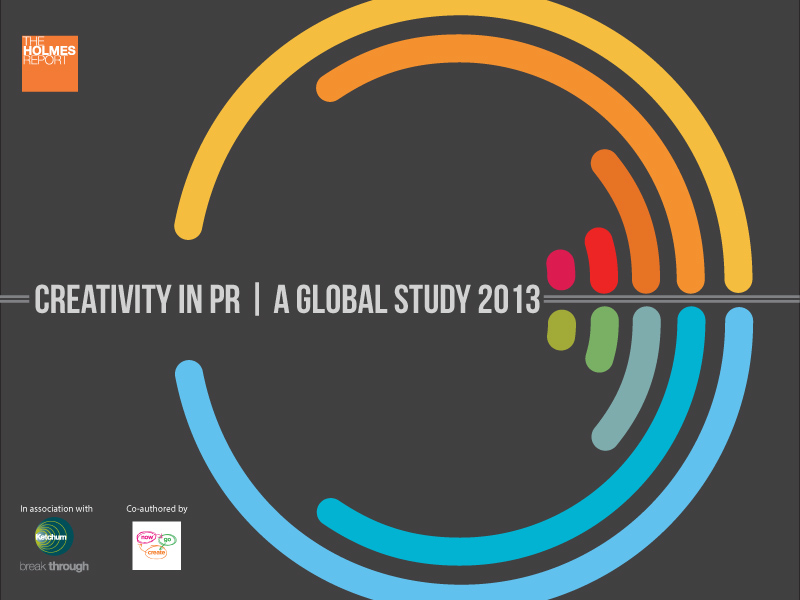Arun Sudhaman 18 Dec 2013 // 12:08PM GMT

A lack of budget has overtaken a lack of time as the biggest barrier to creativity in the PR industry, according to our new global study.
The Creativity in PR report is co-authored by the Holmes Report and creativity experts NowGoCreate, in partnership with Ketchum, based on a survey of 600 PR people from more than 35 countries across the world.
Earlier this week, the study launched by revealing that creativity is critical to how businesses perceive PR value, even as the PR industry struggles to find a business model that can help it genuinely prove its creative capabilities. Yesterday, we looked at how the client-agency divide extends to perceptions of the industry's creative quality and big ideas.
54% of respondents pointed to a lack of time as the biggest factor which stops them or their company from being creative. 44% chose a lack of time, the factor that ranked first last year. The same proportion, meanwhile, say client feedback or risk aversion is a barrier to creativity.
It is one thing to talk in general terms about creative standards, but a more useful picture emerges when respondents are asked to zero in on the areas where an increasing need for creative thinking and ideas is seen.
Content creation comes out on top (74%), reflecting surging demand from brands, followed by integrated ideas (64%), digital comms (59%), content marketing (44%) and media relations (41%). In common with in-house findings, paid media scores considerably lower (15%).
When asked which factors drive great creative work, respondents again ranked ‘great storytelling’ first (73%). And, once again, insight/planning came second (59%). However, emotional resonance took third spot this year (48%), followed by content creation (43%).
Significantly, fewer respondents cited purpose as a creative driver compared to last year (34%), reflecting the paucity of purpose-driven campaigns in the Holmes Report’s recent Global Creative Index.


































.jpg)































